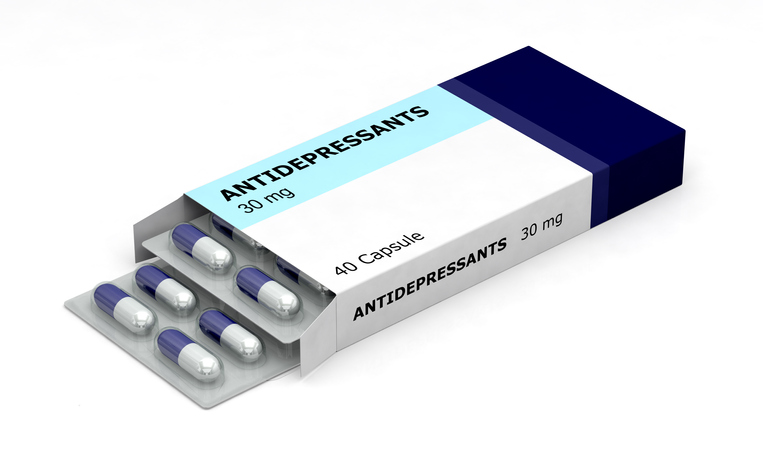Treatments
Types of Psychological Interventions for Chronic Pain

Psychological counseling is an important factor in properly treating and managing chronic pain. Pain often results in mental health problems, and mental health conditions cause increased pain sensitivity. These physical and emotional difficulties create a vicious cycle. Emotions, stress, mental health, and social life are important factors in how pain is perceived and experienced in the body; therefore, psychological interventions can be beneficial in the treatment of chronic pain.
Below are types of psychological treatments that are helpful with chronic pain treatment.
Operant
Operant conditioning is a method that centers around altering behavior in order to reduce pain intensity. A therapist can help gradually alter or eliminate certain behaviors, such as vocalization of pain or avoidance of certain activities that are associated with pain. These behaviors can be identified and adjusted.
Relaxation techniques
Stress, anxiety and tension impacts the intensity of pain; therefore, relaxation techniques are needed to decrease this impact. This may include progressive muscle relaxation, breathing techniques, and guided imagery.
Biofeedback
Biofeedback is a technique in which an individual can learn to control specific bodily functions, such as heart rate, breathing, muscle contractions, and brainwaves. It is based on the idea that the mind can influence body functions that are not generally under conscious control. Biofeedback involves wearing sensors that are attached to a computer screen to visually track how the body’s stress response decreases with the use of relaxation techniques.
Coping skills training
Avoidance can cause additional distress; however, coping skills, such as problem-solving, increase positive emotional and physical well-being. By using coping skills, situations can be faced head-on instead of eluding them. Problem avoidance increases pain sensitivity. Practicing coping skills helps reframe pain as an experience that is manageable and not a controlling entity.
Cognitive restructuring
Thoughts, beliefs and attitude surrounding pain have a significant impact on how pain is experienced. Negative thoughts, such as “I’ll never get through this,” are replaced with neutral and accurate statements, such as “I've gotten through this before.” The restructured statements should be truthful while shifting to positivity. However, untrue restructured statements, such as “I’ll be completely better tomorrow,” can result in toxic positivity, which causes false reassurances.
Hypnosis
Hypnosis involves the power of suggestion to change an experience or attitude surrounding pain. It can help relieve fear and anxiety that is related to pain. The goal is to learn how to self-hypnotize, which may include using a “trigger” word, sensation or object that is associated with comfort. This helps lessen pain through a subconscious process.
Self-management and peer support
Self-management teaches individuals strategies to reduce stress, increase energy, and improve quality of life. Peer support groups offer support communities, peer interaction, and possible new skills to help with chronic pain management.



















